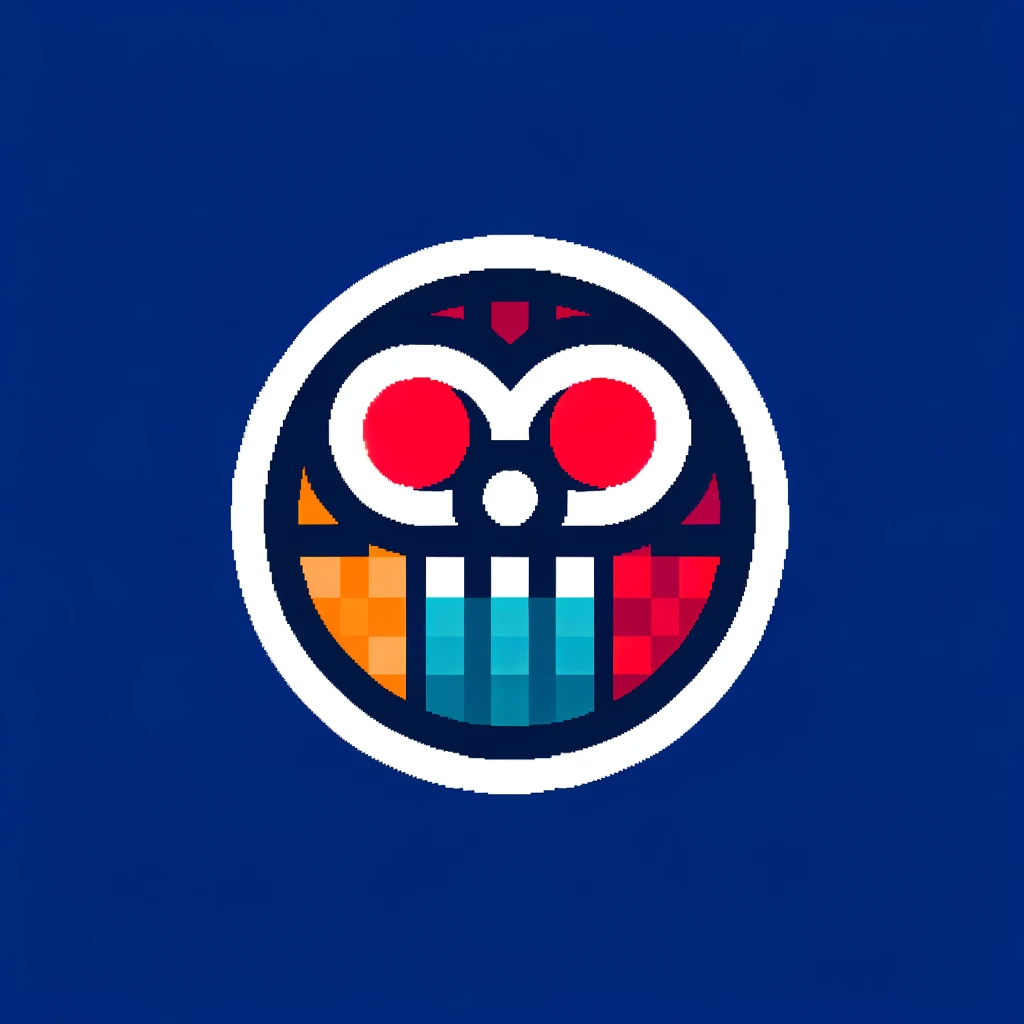100 reads
Introducing High School Students to Version Control, Continuous Integration, and Quality Assurance
by
July 4th, 2024
Audio Presented by

Do you have that technical eye for details? Quality Assurance may be for you. #1 in QA Career Development Opportunities
Story's Credibility

About Author
Do you have that technical eye for details? Quality Assurance may be for you. #1 in QA Career Development Opportunities
